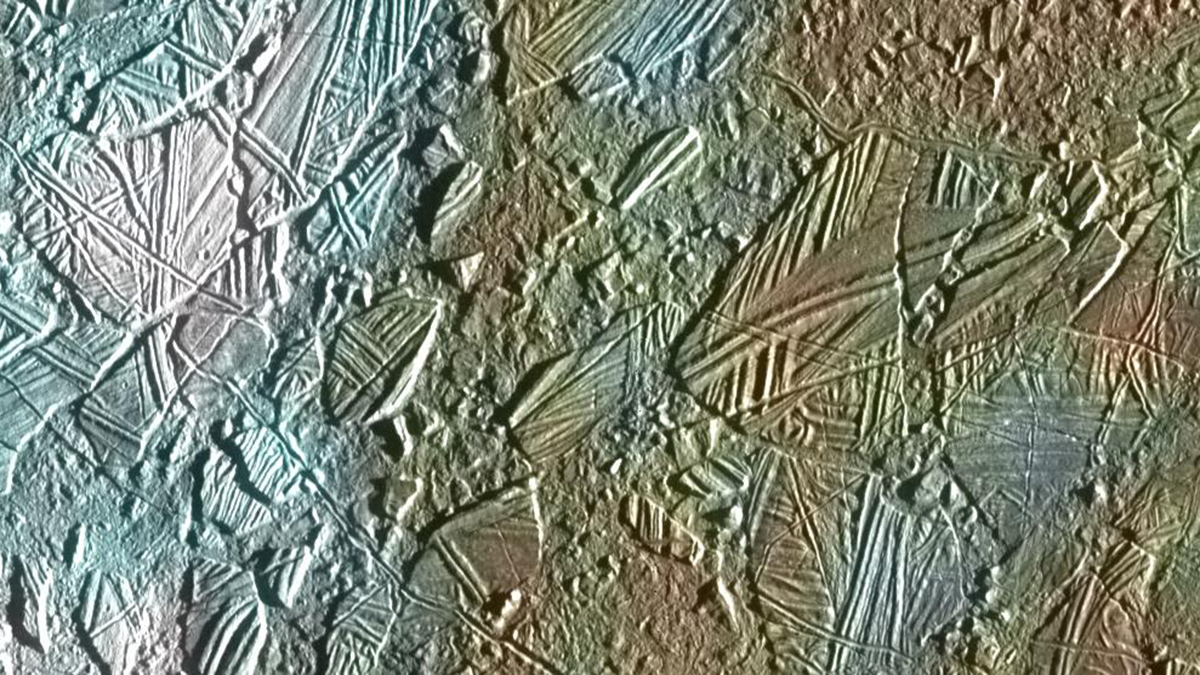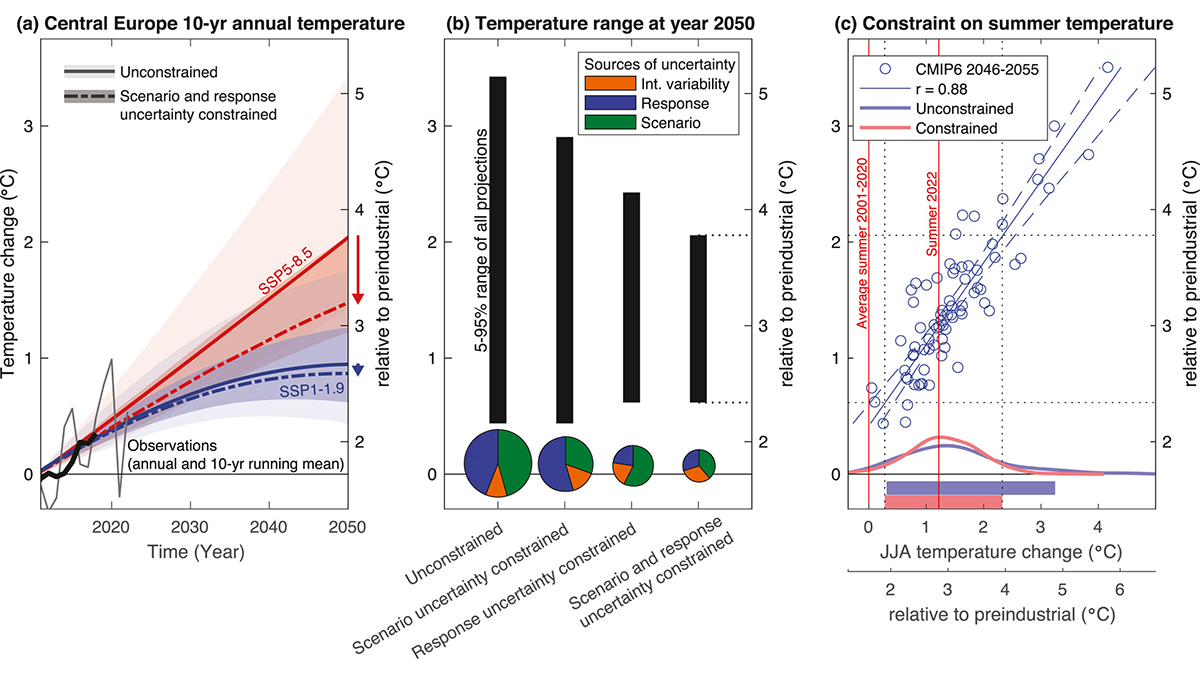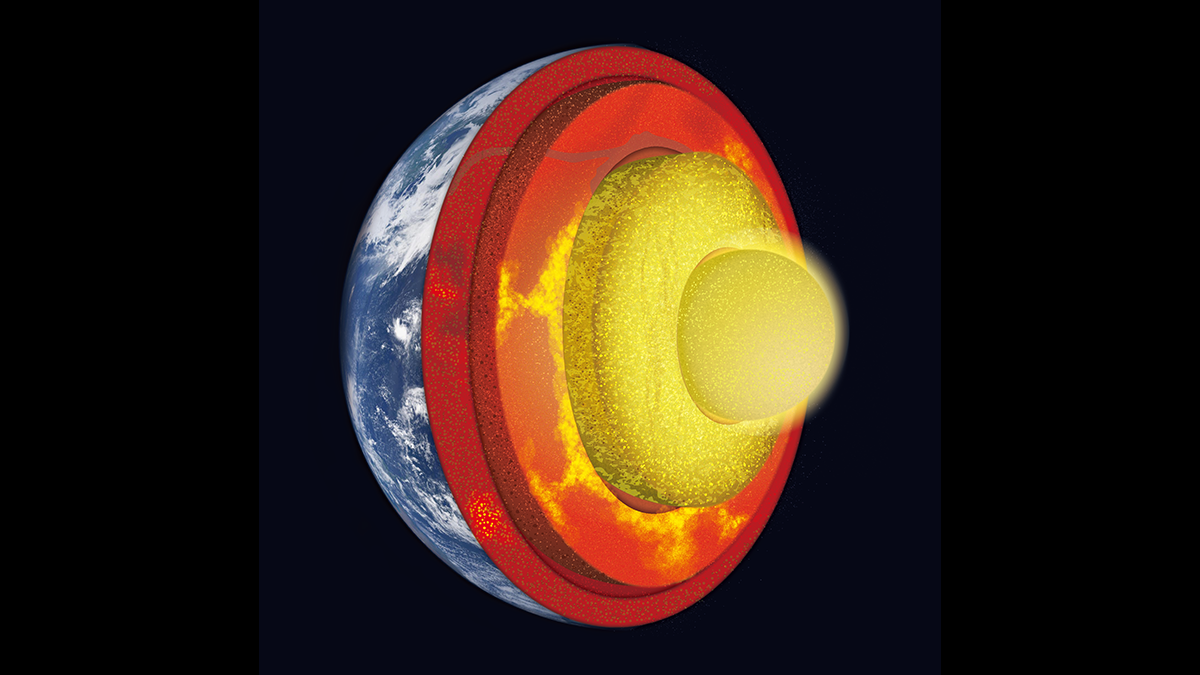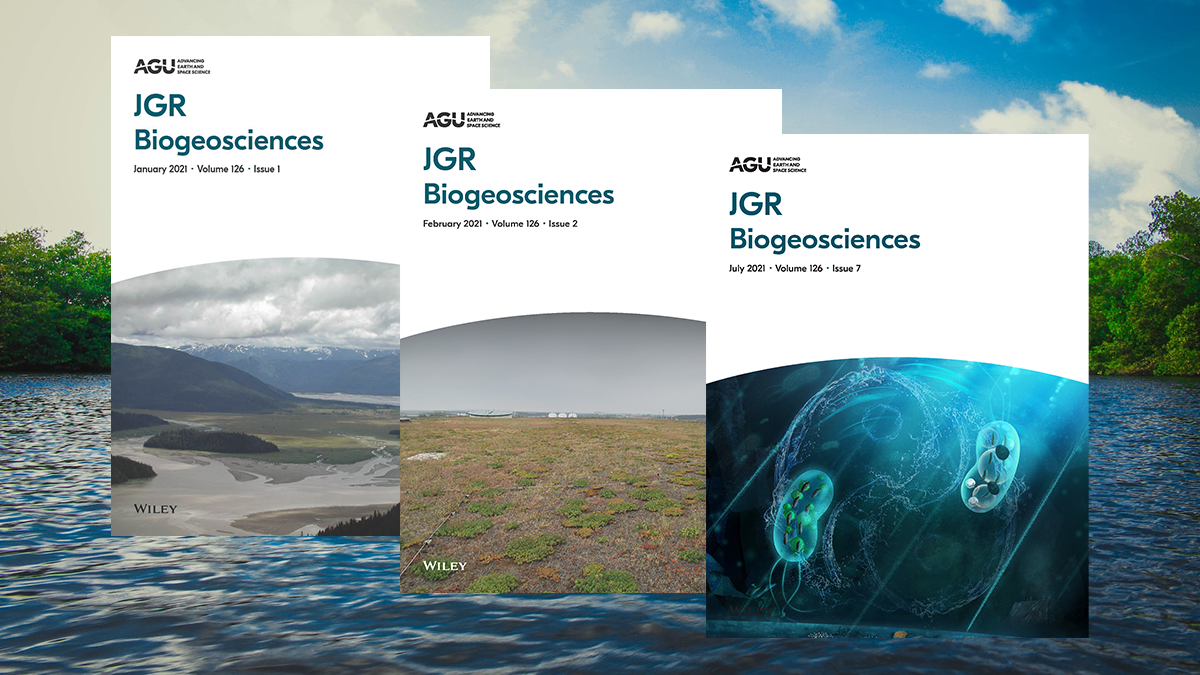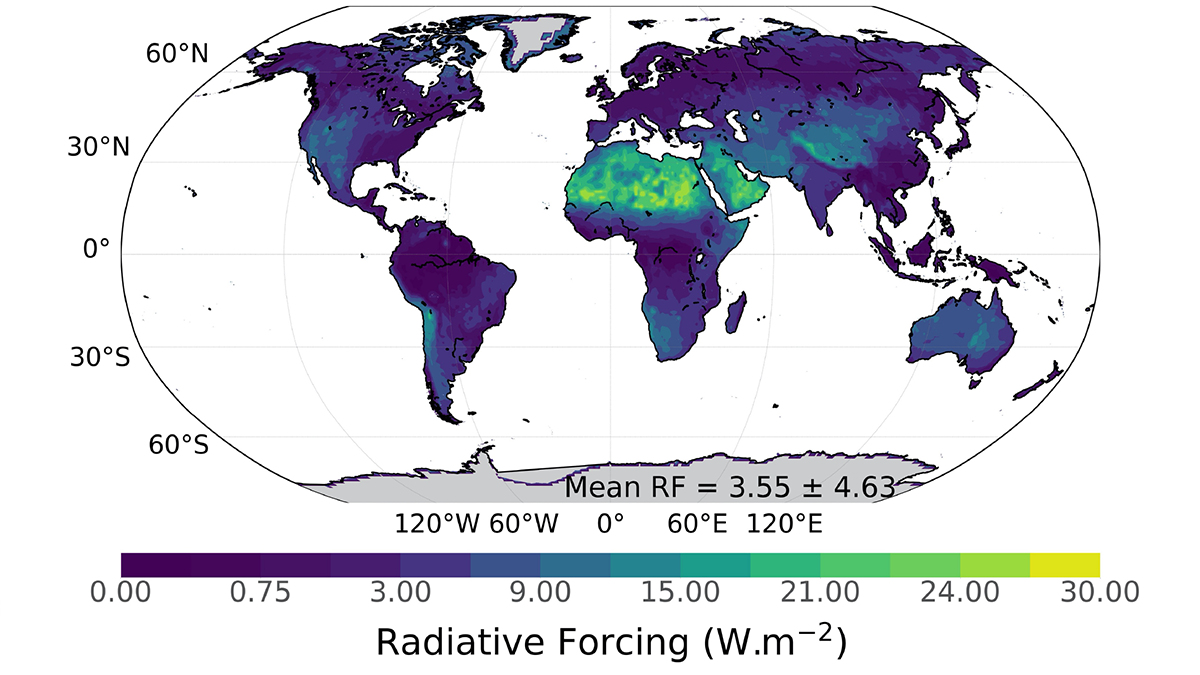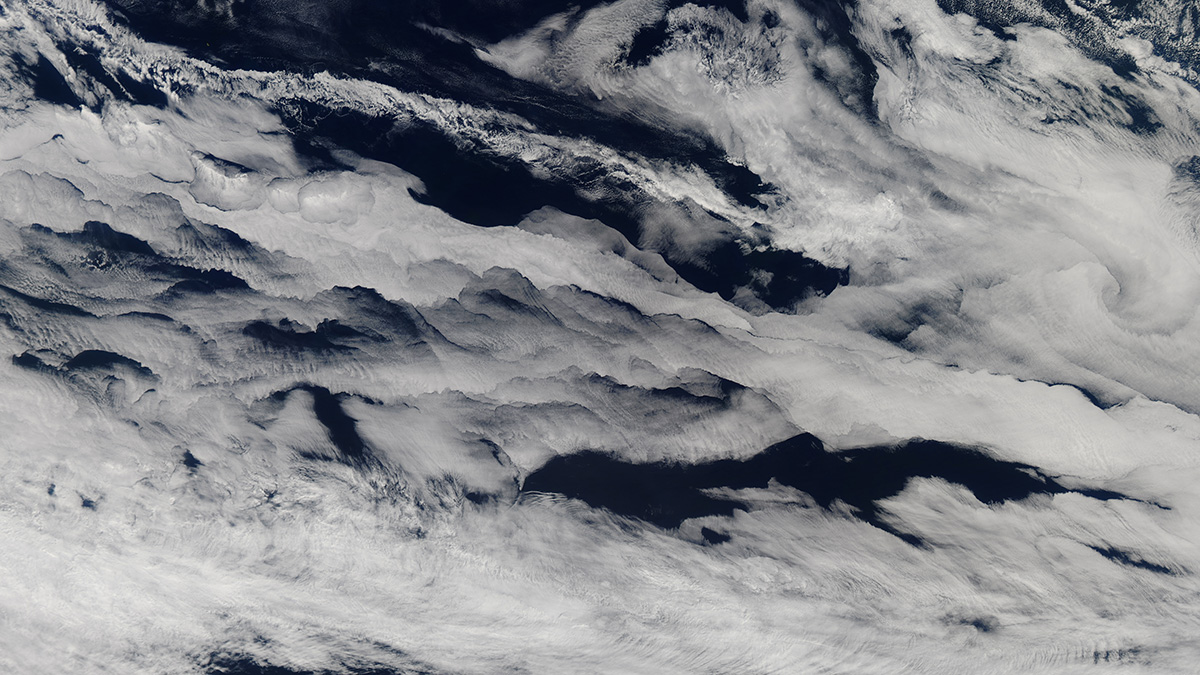Researchers have shown that oceans buried below layers of ice are more common than previously thought.
Modeling
Visualizing the Deep Insides of Planets and Moons
A novel method uses gravity data to determine where density anomalies lie inside planetary bodies.
Thin Skin Helps Regulate Ocean Carbon Uptake
Cooler and saltier than even the water just below it, the ocean skin plays a critical role in ocean-atmosphere gas exchange.
Constraints Can Reduce Regional Climate Projection Uncertainty
Climate projections are uncertain because we don’t exactly know how the climate system responds to human actions, but combining interdisciplinary results can reduce uncertainty in future planning.
Kelly Hereid: Modeling Catastrophes for Insurers
A geoscientist helps homeowners and businesses adapt to worsening wildfires, storms, and floods.
Digging Deep into Interactions Between the Core and Mantle
A new book presents major advances in our understanding of core-mantle interaction and co-evolution, and showcases technological developments improving our insights into deep Earth processes.
The Inequality of Heat Stress
Residents in historically redlined neighborhoods deal with greater heat stress than other areas.
20 Years of Biogeosciences Research: Looking Back to Forge Ahead
A new special collection invites review papers to mark the 20th anniversary of the Journal of Geophysical Research: Biogeosciences with a focus on what we have learned and what is still unknown.
Sensing the Color of Soil for Climate Modeling
The color of soil reflecting the Sun’s rays affects the Earth’s climate and water cycle. Using satellite data that senses many wavelengths improves soil reflectivity estimates, especially in deserts.
Family Trees Clarify Relationships Among Climate Models
A new genealogy based on similarities in the computer codes of different climate models could improve studies that combine projections from multiple models.

